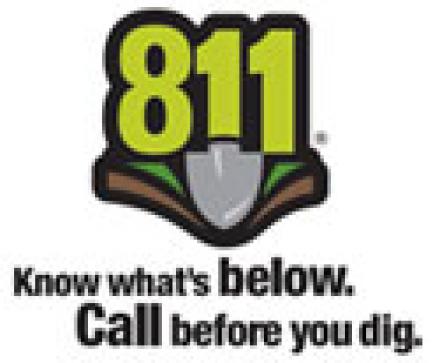Safety is our first priority and we strive to exceed the most stringent safety standards. We are fully committed to a "zero incident" culture, are dedicated to maintaining a safe and injury-free workplace by implementing best-practice standards that protect the public and our employees, and maintain the operational integrity of our pipelines and terminal facilities.
Pipelines are one of the safest, most reliable, and efficient methods of transporting crude oil, natural gas, and related products. An omnipresent and essential part of the nation’s infrastructure, and typically buried underground, pipelines transport the energy we depend on every day to heat our homes, generate electricity, cook our food, fuel our automobiles and provide vital feedstock for many of the products we use every day.
According to the National Transportation Safety Board, less than one one-hundredth of one percent (0.01%) of all transportation accidents in the U.S. are pipeline-related. Pipeline safety is regulated by the United States Department of Transportation and by designated state agencies. It is important to know where pipelines are located in your community and how to recognize the signs of a possible leak. The National Pipeline Mapping System provides up-to-date information on pipeline locations across the country by state, city and even zip code. Pipelines are marked by aboveground signs to provide an indication of their presence, location, product carried and the name and contact information of the company that operates the pipeline. These markers are usually red, black or yellow.
Detecting A Leak:
- The best way to detect a possible pipeline spill or leak is to use sight, smell and sound. A spill or leak may exist if:
- You see dead or discolored vegetation that is otherwise green along a pipeline right of way (ROW).
- You see pools of liquid not otherwise usually present.
- You see a cloud of vapor or mist not otherwise usually present along the pipeline ROW.
- You smell an unusual odor or scent of petroleum along a pipeline ROW.
- You hear an unusual hissing or roaring sound along a pipeline ROW.
If you suspect or recognize a leak you should take the following actions:
- Leave the leak area immediately. Walk into the wind and away from possible hazardous fumes.
- Do not touch, breathe or make contact with leaking liquids.
- Do not light a match, start an engine, use a telephone (even a cell phone), switch on/off light switches or do anything that may create a spark.
- From a safe location, call 911 or your local emergency response number and the pipeline company. Provide your name, phone number, a description of the leak and its location.
- Warn others.
- Do not drive into a leak or vapor cloud area.

 Excavation is the single largest cause of damage to the nation’s pipeline system, accounting for nearly 40% of all accidental spills. Prevent accidents and maintain the integrity of the nation’s pipeline system by dialing 811 to reach the Call Before You Dig service. Anyone digging or excavating using mechanized equipment — commercial contractors, road maintenance crews, telephone pole installers, fence builders, landscape companies, or homeowners digging a drainage ditch, installing a fence or building an addition — can safely dig by making one telephone call and giving notice.
Excavation is the single largest cause of damage to the nation’s pipeline system, accounting for nearly 40% of all accidental spills. Prevent accidents and maintain the integrity of the nation’s pipeline system by dialing 811 to reach the Call Before You Dig service. Anyone digging or excavating using mechanized equipment — commercial contractors, road maintenance crews, telephone pole installers, fence builders, landscape companies, or homeowners digging a drainage ditch, installing a fence or building an addition — can safely dig by making one telephone call and giving notice.